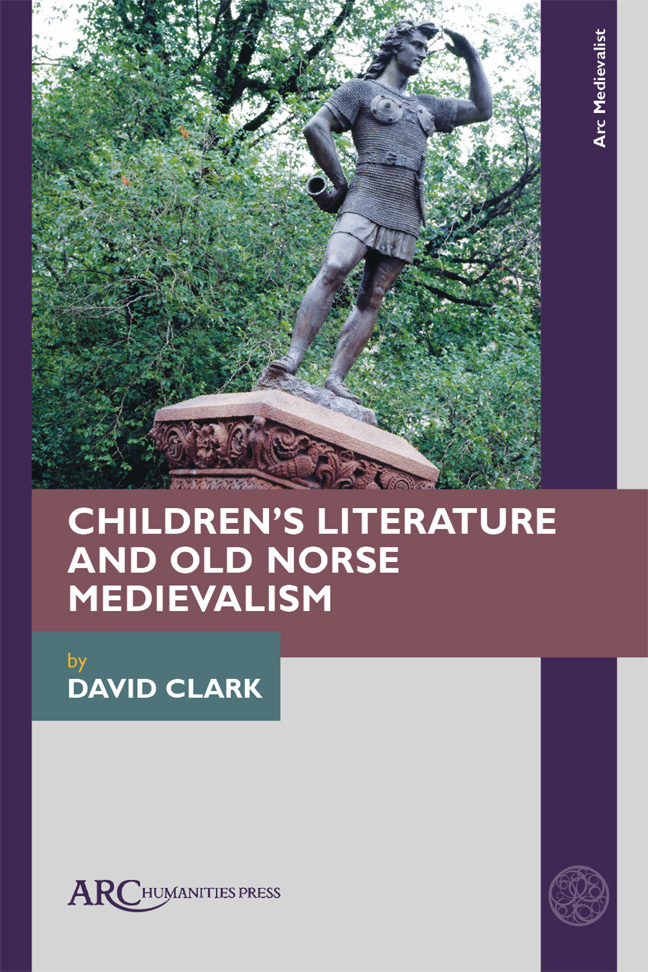830 results
A First Course in Magnetohydrodynamics
- Coming soon
-
- Expected online publication date:
- October 2024
- Print publication:
- 31 October 2024
-
- Book
- Export citation
VaTEST III: Validation of 8 Potential Super-Earths from TESS Data
-
- Journal:
- Publications of the Astronomical Society of Australia / Accepted manuscript
- Published online by Cambridge University Press:
- 11 April 2024, pp. 1-22
-
- Article
- Export citation
Clinical outcomes with paliperidone palmitate 3-monthly injection as monotherapy: observational 3-year follow-up of patients with schizophrenia
-
- Journal:
- European Psychiatry / Volume 67 / Issue 1 / 2024
- Published online by Cambridge University Press:
- 07 March 2024, e15
-
- Article
-
- You have access
- Open access
- HTML
- Export citation
The predictive role of symptoms in COVID-19 diagnostic models: A longitudinal insight
-
- Journal:
- Epidemiology & Infection / Volume 152 / 2024
- Published online by Cambridge University Press:
- 22 January 2024, e37
-
- Article
-
- You have access
- Open access
- HTML
- Export citation
18 Vascular Risk, Cerebral White Matter, and Executive Functioning in Vietnam-Era Veterans with Traumatic Brain Injury and/or Post-Traumatic Stress Disorder: A Department of Defense Alzheimer’s Disease Initiative (DoD-ADNI) Study
-
- Journal:
- Journal of the International Neuropsychological Society / Volume 29 / Issue s1 / November 2023
- Published online by Cambridge University Press:
- 21 December 2023, pp. 127-128
-
- Article
-
- You have access
- Export citation
90 Feasibility of Repeated Remote Memory Assessment with Mobile Devices to Detect Subtle Cognitive Decline in Older Adults
-
- Journal:
- Journal of the International Neuropsychological Society / Volume 29 / Issue s1 / November 2023
- Published online by Cambridge University Press:
- 21 December 2023, pp. 492-493
-
- Article
-
- You have access
- Export citation
Subcutaneous administration of drugs and hydration in acute palliative care units: Physician attitudes and beliefs in the United States and Canada
-
- Journal:
- Palliative & Supportive Care , First View
- Published online by Cambridge University Press:
- 21 December 2023, pp. 1-4
-
- Article
- Export citation
Trauma-focused therapy in early psychosis: results of a feasibility randomized controlled trial of EMDR for psychosis (EMDRp) in early intervention settings
-
- Journal:
- Psychological Medicine / Volume 54 / Issue 5 / April 2024
- Published online by Cambridge University Press:
- 26 October 2023, pp. 874-885
-
- Article
-
- You have access
- Open access
- HTML
- Export citation
Radiofrequency ice dielectric measurements at Summit Station, Greenland
-
- Journal:
- Journal of Glaciology , First View
- Published online by Cambridge University Press:
- 09 October 2023, pp. 1-12
-
- Article
-
- You have access
- Open access
- HTML
- Export citation
8 - Race and Ethnicity
-
- Book:
- Children's Literature and Old Norse Medievalism
- Published by:
- Amsterdam University Press
- Published online:
- 17 February 2024
- Print publication:
- 30 September 2023, pp 73-80
-
- Chapter
- Export citation
Select Bibliography of Frequently Cited Works
-
- Book:
- Children's Literature and Old Norse Medievalism
- Published by:
- Amsterdam University Press
- Published online:
- 17 February 2024
- Print publication:
- 30 September 2023, pp 189-192
-
- Chapter
- Export citation
1 - Age-Related Categories
-
- Book:
- Children's Literature and Old Norse Medievalism
- Published by:
- Amsterdam University Press
- Published online:
- 17 February 2024
- Print publication:
- 30 September 2023, pp 17-26
-
- Chapter
- Export citation
Contents
-
- Book:
- Children's Literature and Old Norse Medievalism
- Published by:
- Amsterdam University Press
- Published online:
- 17 February 2024
- Print publication:
- 30 September 2023, pp v-vi
-
- Chapter
- Export citation
9 - Heroism
-
- Book:
- Children's Literature and Old Norse Medievalism
- Published by:
- Amsterdam University Press
- Published online:
- 17 February 2024
- Print publication:
- 30 September 2023, pp 81-90
-
- Chapter
- Export citation
11 - Viking Femininity
-
- Book:
- Children's Literature and Old Norse Medievalism
- Published by:
- Amsterdam University Press
- Published online:
- 17 February 2024
- Print publication:
- 30 September 2023, pp 97-102
-
- Chapter
- Export citation
Acknowledgements
-
- Book:
- Children's Literature and Old Norse Medievalism
- Published by:
- Amsterdam University Press
- Published online:
- 17 February 2024
- Print publication:
- 30 September 2023, pp vii-vii
-
- Chapter
- Export citation
18 - Rick Riordan's Magnus Chase Series and Norse Medievalism
-
- Book:
- Children's Literature and Old Norse Medievalism
- Published by:
- Amsterdam University Press
- Published online:
- 17 February 2024
- Print publication:
- 30 September 2023, pp 161-184
-
- Chapter
- Export citation

Children's Literature and Old Norse Medievalism
-
- Published by:
- Amsterdam University Press
- Published online:
- 17 February 2024
- Print publication:
- 30 September 2023
14 - Sexuality
-
- Book:
- Children's Literature and Old Norse Medievalism
- Published by:
- Amsterdam University Press
- Published online:
- 17 February 2024
- Print publication:
- 30 September 2023, pp 117-124
-
- Chapter
- Export citation
6 - Runes and Magic
-
- Book:
- Children's Literature and Old Norse Medievalism
- Published by:
- Amsterdam University Press
- Published online:
- 17 February 2024
- Print publication:
- 30 September 2023, pp 57-64
-
- Chapter
- Export citation



 R
R R
R R
R R
R R
R R
R R
R R
R
